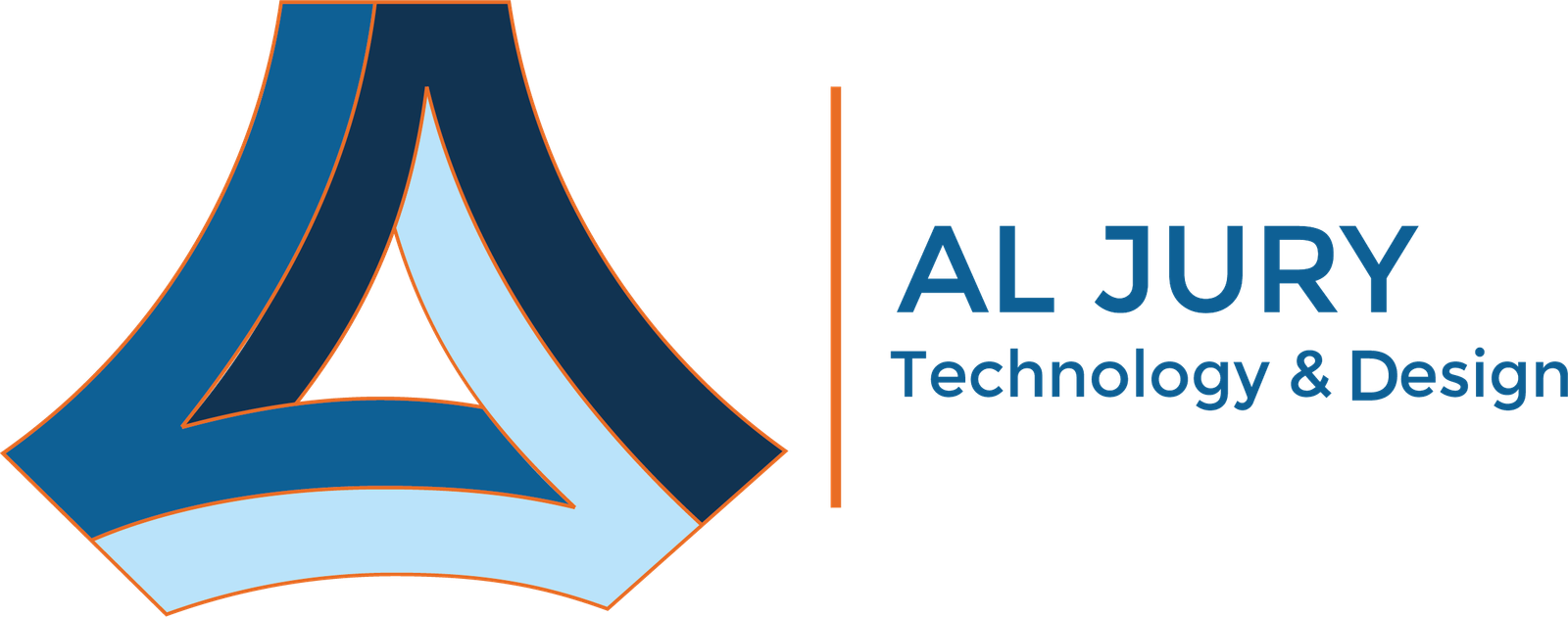Power of HRMS

In today’s fast-paced and dynamic business environment, organizations are constantly seeking ways to enhance efficiency, productivity, and employee satisfaction. One of the most powerful tools in achieving these goals is the implementation of Human Resource Management Systems (HRMS). This blog will explore the transformative potential of HRMS and how it is revolutionizing modern workplace management.
What is HRMS?
HRMS, also known as Human Resource Management System or Human Capital Management (HCM) software, is a comprehensive suite of tools and applications designed to streamline and automate HR processes. From recruitment and onboarding to performance management and payroll, HRMS covers all aspects of human resource management in an integrated platform.
Key Features of HRMS:
1. Recruitment and Onboarding: HRMS enables organizations to streamline the recruitment process by automating job postings, candidate screening, and interview scheduling. It also facilitates seamless onboarding of new hires with digital forms, training modules, and employee handbooks.
2. Employee Information Management: With HRMS, organizations can centralize employee data, including personal information, employment history, skills, certifications, and performance reviews. This allows HR professionals to easily access and update employee records as needed.
3. Time and Attendance Tracking: HRMS offers robust time and attendance tracking features, allowing employees to clock in and out digitally. It also automates timekeeping, calculates work hours, and generates accurate timesheets for payroll processing.
4. Performance Management: HRMS provides tools for setting goals, tracking progress, and conducting performance evaluations. Managers can easily monitor employee performance, provide feedback, and identify areas for improvement.
5. Training and Development: HRMS helps organizations manage employee training and development programs more effectively. It tracks training requirements, schedules courses, and monitors completion status to ensure employees have the skills they need to succeed.
6. Benefits Administration: HRMS simplifies benefits administration by providing employees with self-service access to benefits information, enrollment options, and plan details. It also helps HR professionals manage open enrollment periods, track benefit costs, and generate reports.
7. Payroll Processing: Perhaps one of the most critical functions of HRMS is payroll processing. It automates payroll calculations, tax deductions, and direct deposits, ensuring accurate and timely payment of wages to employees.
Benefits of HRMS:
1. Increased Efficiency: By automating routine HR tasks, HRMS frees up time for HR professionals to focus on strategic initiatives and employee engagement.
2. Improved Accuracy: HRMS eliminates manual errors associated with data entry, calculation, and record-keeping, resulting in more accurate HR processes and compliance with regulatory requirements.
3. Enhanced Employee Experience: HRMS provides employees with self-service access to HR information, allowing them to update personal details, view pay stubs, and request time off conveniently.
4. Better Decision-Making: With access to real-time HR data and analytics, organizations can make informed decisions about workforce planning, performance management, and talent development.
5. Cost Savings: While the initial investment in HRMS may seem significant, the long-term cost savings associated with increased efficiency, reduced errors, and improved compliance can outweigh the upfront costs.
HRMS is a powerful tool for modern workplace management, offering organizations a comprehensive solution for streamlining HR processes, improving efficiency, and enhancing employee satisfaction. By leveraging the transformative potential of HRMS, organizations can unlock new levels of productivity, performance, and success in today’s competitive business landscape.

